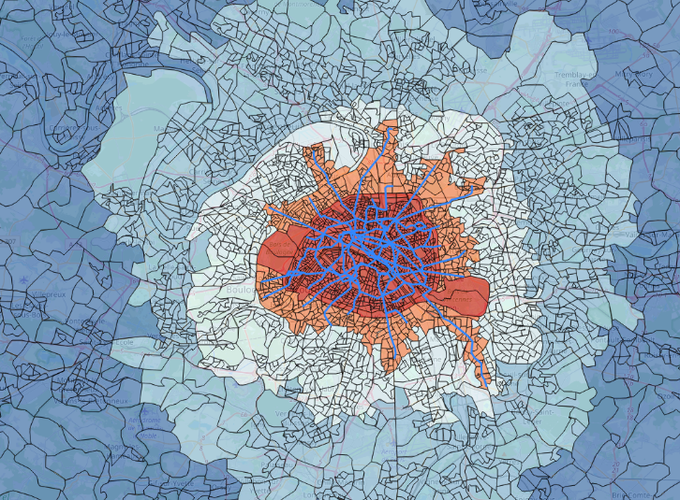This paper explores the connection between commuting costs and local employment dynamics, exploiting a spatial discontinuity introduced by a reform in France in September 2015. The reform, which reduced the cost of public transportation in selected areas of the Paris region without affecting others, provides a unique opportunity to investigate these dynamics. Using a baseline regression framework that only includes geographical units near each other, I find that areas benefitting from the reform saw a 0.25 percentage point decline in the unemployment rate. Furthermore, these areas experienced a 0.60 percentage point increase in the share of employed workers commuting using public transportation, and a 1.4% rise in the price of residential real estate. The regression framework is then extended to account for the treatment heterogeneity introduced by the reform, further elucidating the mechanisms driving these results. Specifically, the employment boost for areas near Paris seems to stem from more residents accessing the Parisian labor market, while increased employment in more distant suburbs may be attributed to the emergence of new local businesses. Lastly, I demonstrate that a calibrated spatial search-and-matching model can rationalize these effects observed in employment rates, commuting habits, and real estate prices.
